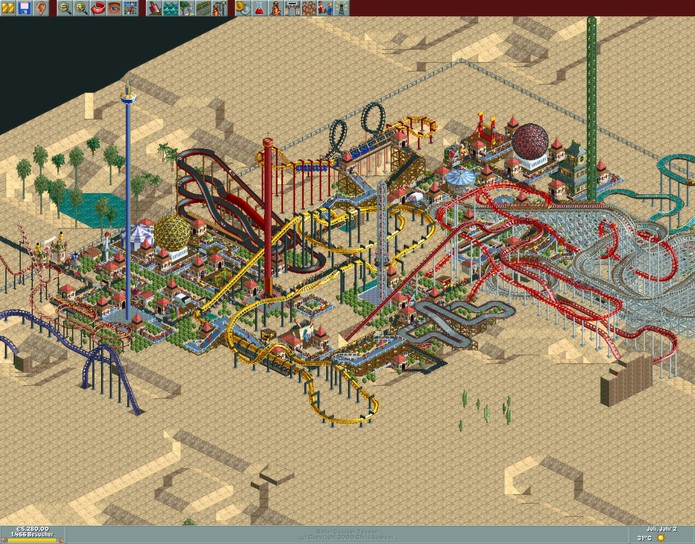

In roller coasters, the brakes usually aren't built into the train itself they're built into the track. Track designers may also choose to slow down the train through a certain part of the ride to help build suspense for the riders. This can be for safety reasons, such as where the train approaches the unloading zone at the end of the ride to prevent it from colliding with another train that hasn't yet departed, or through a steep curve. In many roller coasters, there are also spots along the track where the train is slowed or stopped deliberately. Like any train, a roller coaster needs a brake system so it can stop precisely at the end of the ride or in an emergency. The wheels grip the bottom (or top) of the train between them, pushing the train forward. The wheels are arranged in two adjacent rows along the track. The main advantages of this system are its speed, efficiency, durability, precision and controllability.Īnother popular system uses dozens of rotating wheels to launch the train up the lift hill. The motor moves the magnetic field on the track, pulling the train along behind it at a high rate of speed. A linear-induction motor uses electromagnets to build two magnetic fields - one on the track and one on the bottom of the train - that are attracted to each other.

One popular catapult system is the linear-induction motor. Instead of dragging the train up a hill to build up potential energy, these systems start the train off by building up a good amount of kinetic energy in a short amount of time. There are several sorts of catapult launches, but they all basically do the same thing.

In some newer coaster designs, a catapult launch sets the train in motion.

Once the train cars reach the summit, the chain dogs release and the train starts its descent down the hill. They're also responsible for that "clack-clack-clack" sound you hear as a coaster train ascends the lift hill. Anti-rollback dogs prevent the train cars from rolling back if the chain breaks. The coaster cars grip onto the chain with several chain dogs, which are mounted to the underside of the rollercoaster cars. The motor turns the chain loop so that the chain continually moves up the hill like a long conveyer belt.


 0 kommentar(er)
0 kommentar(er)
